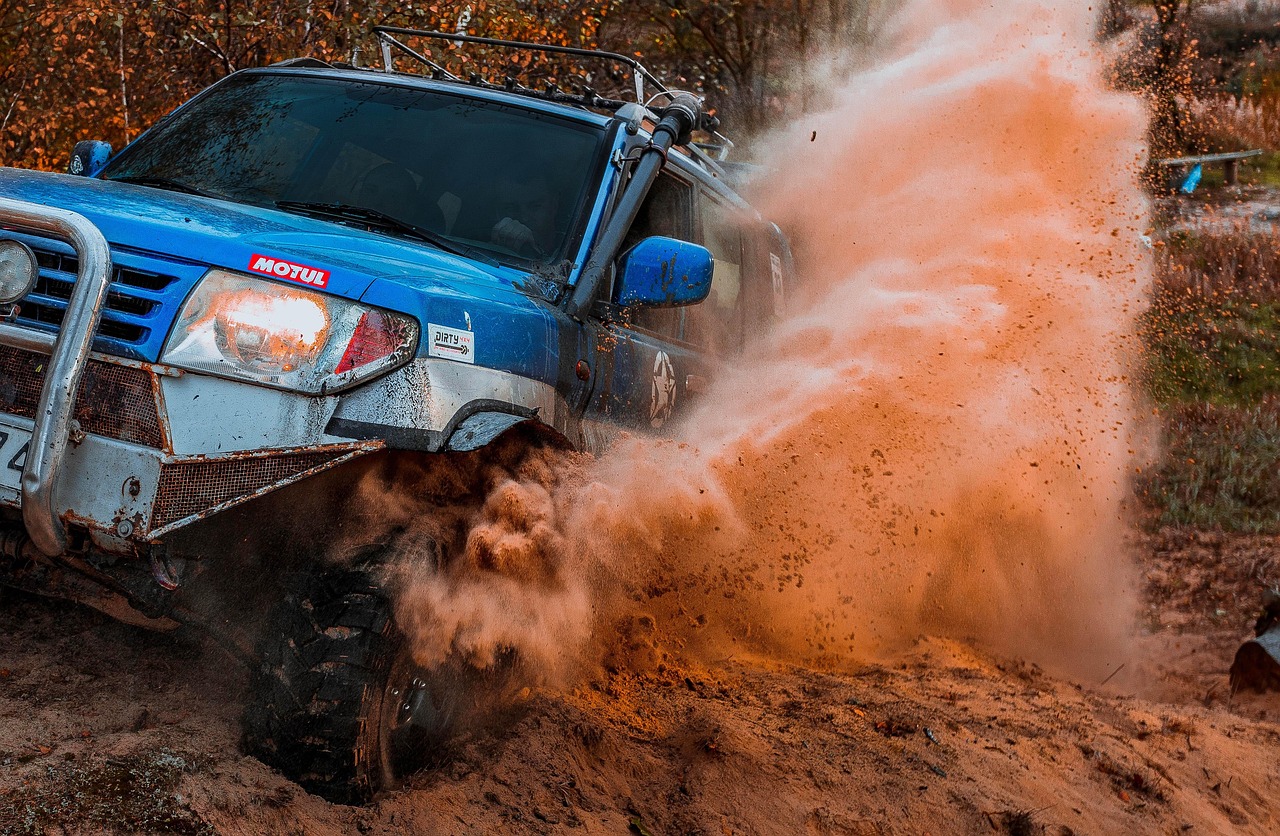If you’re a true off-roader, you’ve probably wondered whether desert adventures or mountain trails are the ultimate test for your 4×4. Both terrains come with their own set of challenges, and each can push your vehicle—and your driving skills—to the limit. But which one is tougher? Desert off-roading often conjures images of endless sand dunes, golden sunsets, and the thrill of conquering vast, open landscapes.
It’s no wonder that deserts have inspired everything from epic adventures to the soulful melodies of arab american singers like Shakira and DJ Khaleed. Meanwhile, mountain trails offer rugged beauty, with winding paths through forests, rocky outcrops, and breathtaking freezing alpine views. Let’s break it down and see how desert off-roading stacks up against mountain trails.
Steep Inclines: Conquering Sand Dunes vs. Rocky Slopes
 When it comes to steep inclines, both deserts and mountains will test your 4×4’s power and your ability to maintain control. In the desert, you’ll face towering sand dunes that require momentum and finesse to climb. The trick is to keep your speed steady—too slow, and you’ll get stuck; too fast, and you might lose control. Sand is unpredictable, and dunes can shift under your tires, making every climb a unique challenge.
When it comes to steep inclines, both deserts and mountains will test your 4×4’s power and your ability to maintain control. In the desert, you’ll face towering sand dunes that require momentum and finesse to climb. The trick is to keep your speed steady—too slow, and you’ll get stuck; too fast, and you might lose control. Sand is unpredictable, and dunes can shift under your tires, making every climb a unique challenge.
On the other hand, mountain trails often feature rocky, uneven slopes that demand precision and patience. You’ll need to navigate loose rocks, narrow paths, and sometimes near-vertical inclines. Unlike sand, rocks don’t give way, so one wrong move can lead to tire damage or getting high-centered.
Traction Struggles: Deep Sand vs. Muddy Mountain Paths
Traction is another major factor that sets desert off-roading apart from mountain trails. In the desert, deep sand can swallow your tires, leaving you spinning in place. Lowering your tire pressure is a common trick to increase surface area and improve grip, but even then, sand can be relentless. The heat can also affect your engine’s performance. Mountain trails, on the other hand, often feature muddy paths, especially after rain. Mud can be just as tricky as sand, clogging your tires and reducing traction. However, mud tends to be more consistent than sand, so once you find a line, you can usually stick to it. According to off-road.com, using mud-terrain tires and locking differentials can make a huge difference in these conditions.

Temperature Extremes: Scorching Desert Heat vs. Freezing Alpine Roads
Let’s talk about the elements. Desert off-roading means battling scorching heat that can push your engine and cooling system to their limits. Overheating is a real risk, and you’ll need to keep an eye on your temperature gauge. On top of that, the heat can take a toll on your body, so staying hydrated is crucial. Mountain trails, meanwhile, often come with freezing temperatures, especially at higher elevations. Cold weather can affect your battery’s performance, thicken your oil, and make starting your engine a challenge. Plus, icy roads add another layer of difficulty to your drive. Winterizing your vehicle by using antifreeze is essential for alpine off-roading. So, what’s tougher for your 4×4—desert off-roading or mountain trails? The answer isn’t straightforward. Deserts challenge you with shifting sand and extreme heat, while mountains test your skills with rocky terrain and unpredictable weather. Both terrains require preparation, the right equipment, and a solid understanding of your vehicle’s limits.





